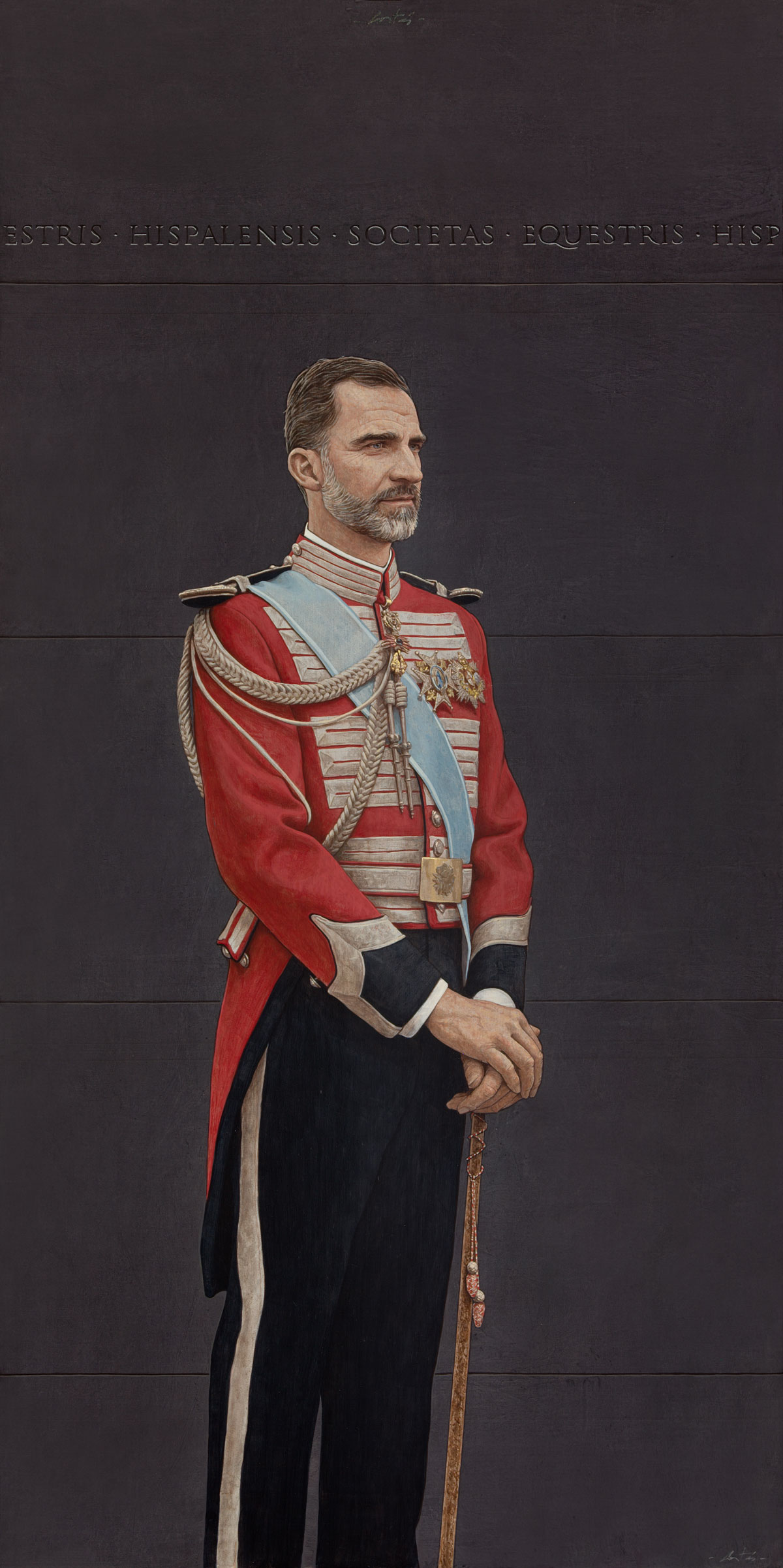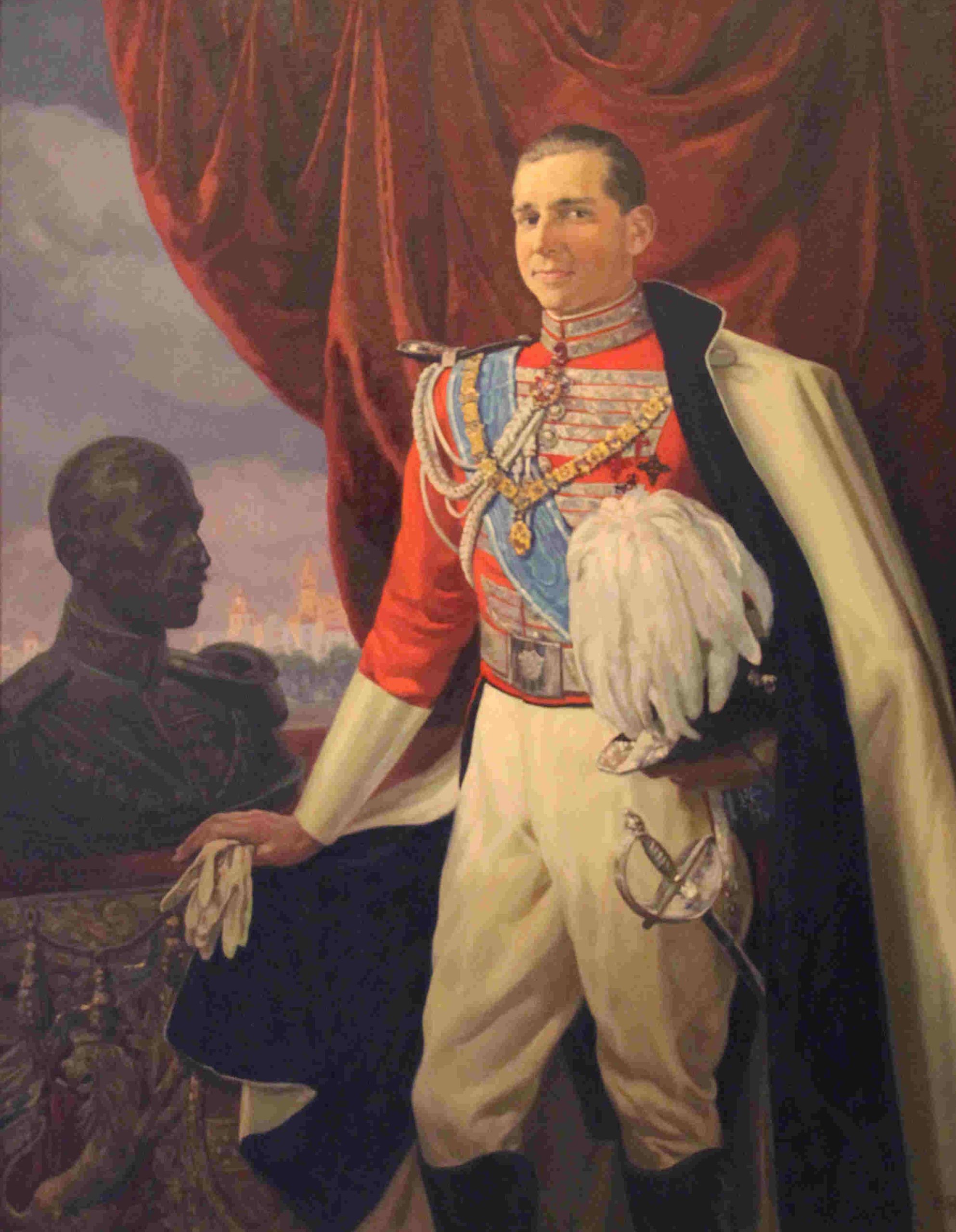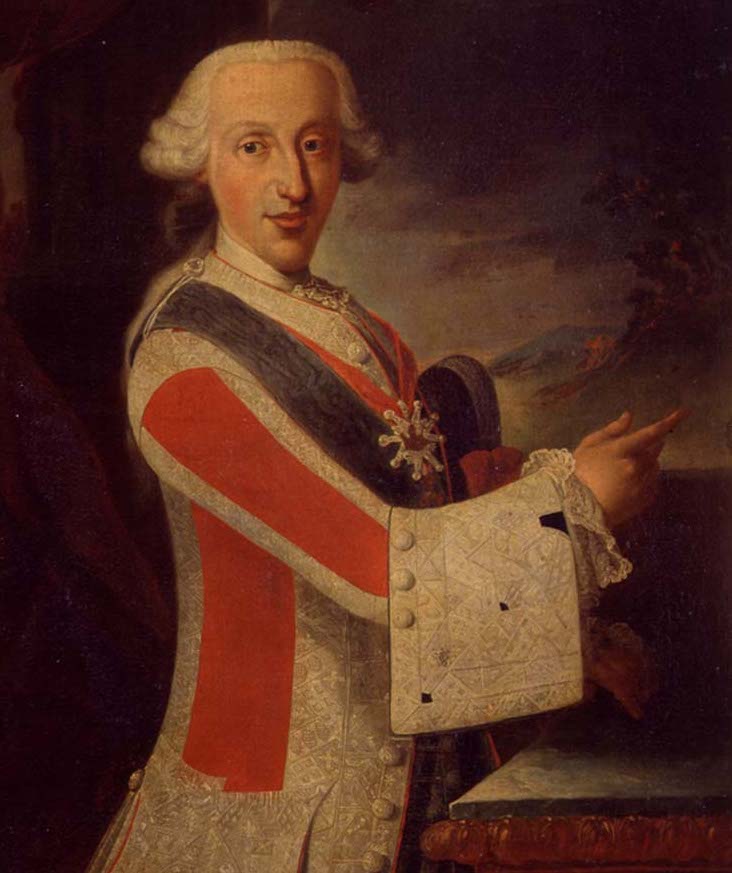Between 1891 and 1892 donations were made for the victims of the catastrophe at Consuegra and the great flood in Seville.
In 1892, their Majesties the King and Queen visited Seville on the occasion of the celebration of the IVth Centenary of the Discovery of America, and this was the opportunity to obtain approval for the building of a group of Catholic primary schools, and for their assignment to the City Council. Their Majesties were present at the beginning of the works, laying the first stone in a leaden chest containing several silver and gold coins bearing the bust of Alfonso XIII, together with newspapers from that day.
Another initiative of the Real Maestranza in the context of the IVth Centenary of the Discovery of America was to pay for a sloop called Cortés for the sailor with the best merits, as a tribute to the Spanish Navy.
In 1894, in a solemn ceremony, the schools located in la Resolana de la Macarena were transferred to the City Council.
In 1898, noteworthy as yet another of the many contributions that were made to the Army, was the donation of a quantity of money to support the war against the United States.
On the occasion of the coming of age and swearing-in of His Majesty the King, the Real Maestranza decided to build a soup kitchen and a shelter school for infants in Triana, assigning them to the City Council. They were inaugurated in 1904 in the presence of its Hermano Mayor.
Also worthy of mention is a large donation for the reconstruction of the Church of Nuestra Señora de los Angeles, which collapsed in 1901.
In 1905, for town planning reasons, the Corporation had to abandon its Chapel of the Virgen del Rosario, situated in the convent of Regina Angelorum, giving up the site for the new extensions that were necessary for the plan of the city. Worship was provisionally transferred to the convent church of Santa María la Real.













